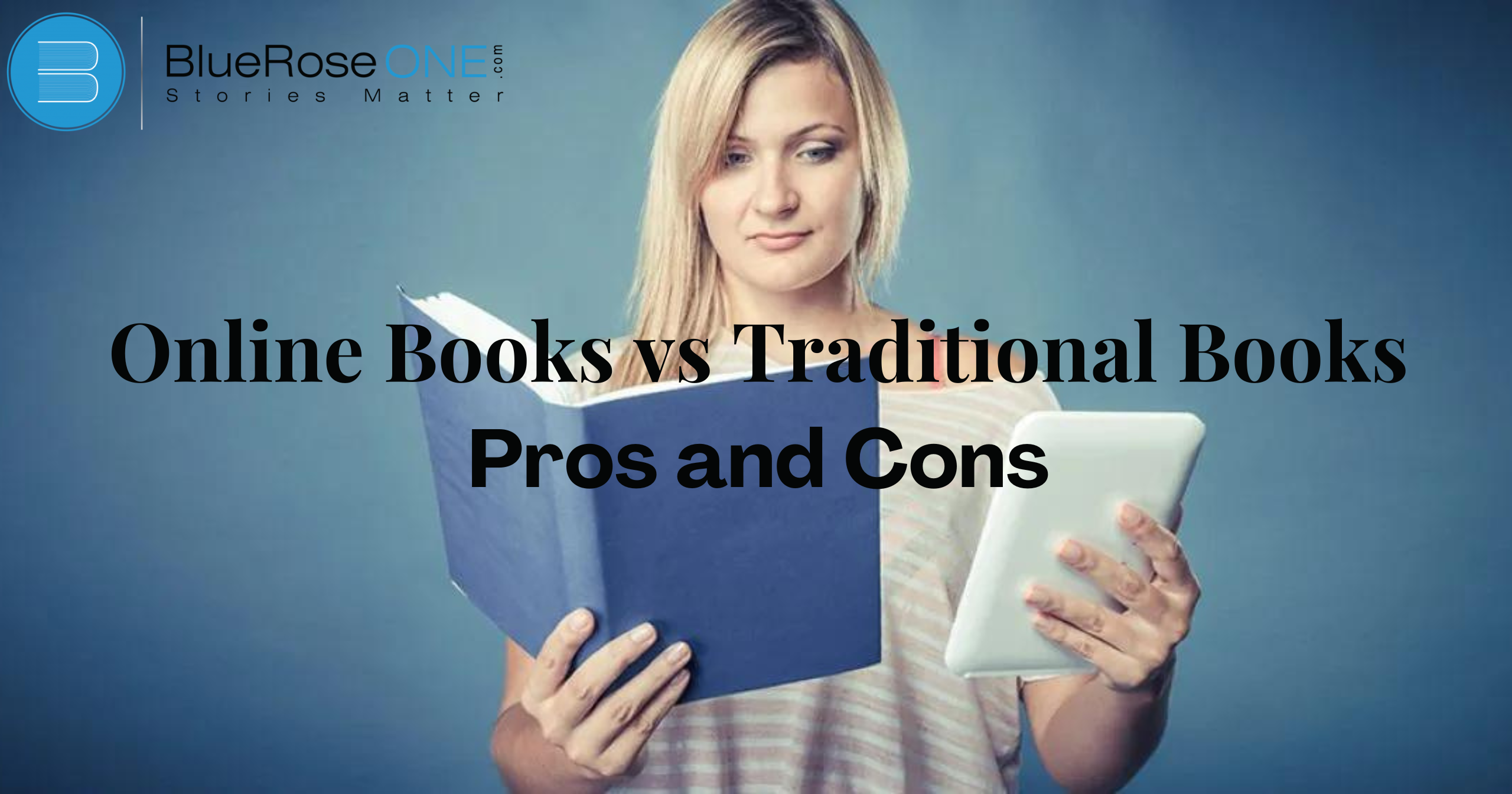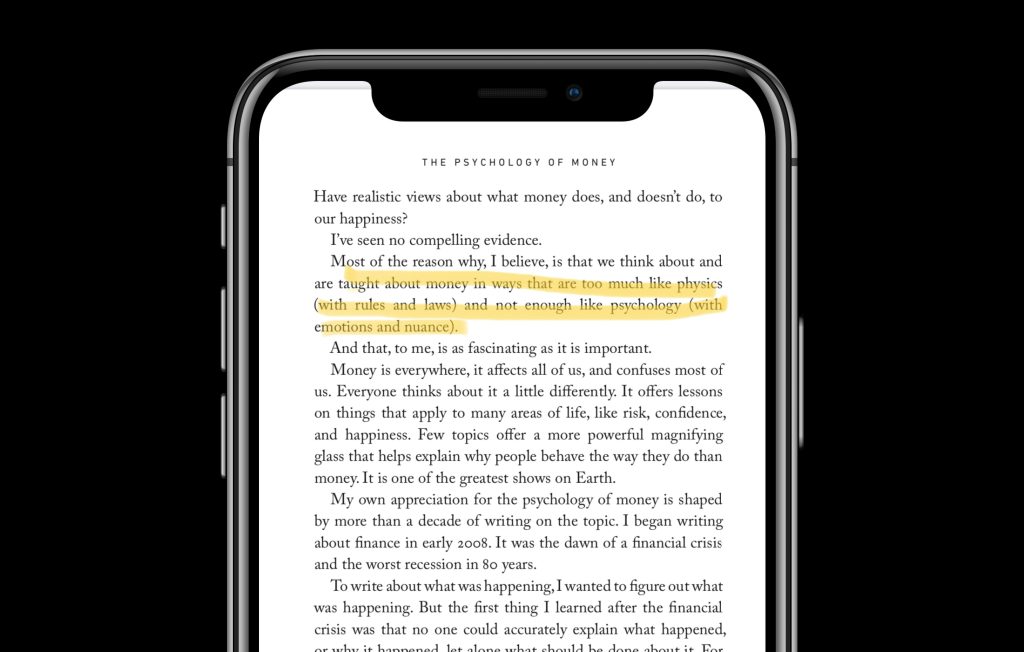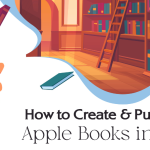The age-old argument between traditional books and online books is still important when it comes to reading literature. Both formats have special benefits and downsides to suit various tastes and lifestyles. Let’s examine the advantages and disadvantages of each to determine which choice best suits your values and reading preferences.
You may also like: What is Historical Fiction? Definition, Characteristics and Impact
Convenience
Access: Convenience is king in today’s fast-paced society, and the argument between traditional books and online books format are becoming more and more heated when it comes to book access. The physical experience of traditional books is enhanced by the scent of ink permeating the air and the feel of crisp pages beneath your fingertips.
On the other hand, it is impossible to ignore how accessible internet books are. You can access a huge library at any time, from any location, with just a few clicks. The convenience of reading books online outweighs the limitations of hard copy versions, whether you’re reading them while driving or relaxing at home.Online books triumph in the convenience department, offering unmatched accessibility when compared to print literature.
Portability: When comparing online books to print books, portability is a crucial consideration in terms of convenience. Traditional books have a tactile charm with their clean pages and comforting smell, but they are often difficult to move due to their heft.
On the other hand, online books offer a solution that is suited for contemporary lifestyles, easily integrating with digital devices such as tablets and smartphones. Because they are small, online books provide you with continuous access to your favorite novels whether you’re reading while traveling by train or relaxing on the beach. Online books redefine convenience by embracing portability and giving readers the flexibility to immerse themselves in reading whenever and wherever they choose.
You may also like: 10 Must-Have Apps for Accessing Digital Books Anywhere
Cost
Initial-cost: There are significant variations in the upfront costs of buying books between traditional and online books. The initial cost of traditional publications is frequently higher because of things like printing, shipping, and distribution expenses. Plus, the cost of buying new hardcover volumes can mount up quickly.
However, because they can be accessed through subscription services and are available in digital formats, online books are usually a more affordable option. Many readers, especially those on a tight budget, may find online books to be a more affordable option as a result of this substantial initial cost reduction.
Long-term Cost: Long-term costs must be taken into account when assessing the cost of reading materials. Although traditional books may initially appear more affordable, their expenses can mount up over time. Physical books need room to be stored, which could result in extra costs for storage boxes or bookshelves.
In addition, deterioration can call for replacements, raising the overall cost. On the other hand, books purchased online frequently have lower initial costs and don’t require physical storage. Furthermore, digital copies are less likely to require replacement because they don’t deteriorate with time.
Because of this, even if traditional books might seem more affordable at first, online books end up being a more affordable option when taking into account overall costs.
You may also like: 10 Effective Strategies to Improve Your Reading Habits
You may also read: Mistborn Series in Order: Start to Finish
Reading Experience
Tangibility: Tangibility is important when it comes to the reading experience, especially when contrasting printed books with digital versions. The tactile experience provided by traditional books enables readers to turn pages, smell ink, and feel the weight of the book in their hands.
This concrete encounter strengthens the reader’s bond with the book and improves their reading experience as a whole. Online books, on the other hand, allow readers to have the convenience and accessibility of having a whole library in their pocket.
Their absence of the sensory immersion that traditional books offer, however, makes the decision between the two dependent on lifestyle and personal taste.
Digital features: A wealth of digital elements that reinvent the reading experience have been brought about by the digital age, in the ever-evolving landscape of literature consumption.
The tactile quality of a paperback or hardcover, the sound of pages turning, and the distinct smell of ink on paper are what appeal to traditional book lovers. The digital sphere, on the other hand, has its own set of benefits that are changing the way we interact with content.
Online books are convenient because they can be accessed instantly from any device, have customisable font sizes for better readability, and have interactive features like multimedia integration and hyperlinks that make for an engaging narrative journey. Whether you favor the dynamic possibilities of reading on the internet or the timeless appeal of traditional books, each offers special advantages to enhance your literary experience.
You may also like: Too Good To Be True a by Prajakata Koli
Health implications
Eye strain: Extended screen time has “health implications” that are noteworthy, especially when it comes to reading. Eye strain is a typical side effect that is frequently made worse by the rise in popularity of online reading.
Online books cause digital eye strain since it necessitates extended screen time, in contrast to traditional books, which provide a physical experience. The constant need to gaze on a glowing screen can create headaches and blurred vision, and the blue light released by displays can disturb sleep patterns and cause discomfort.
While both print and digital books offer advantages, while making a decision between the two, it’s important to take the potential effects on eye health into account.
Screen-time: Screen time has become a major worry in the era of digital dominance, particularly when it comes to reading. Reading traditional books encourages healthy behaviors and lessens eye strain while providing a break from excessive screen time.
Interacting with physical pages promotes improved posture and reduces the negative consequences of extended screen time. On the other hand, despite being easily accessible and convenient, online books increase screen time, which may result in digital eye strain and irregular sleep patterns.
In today’s digitally-driven world, preserving mental and physical well-being requires striking a balance between the advantages of traditional books and the ease of online reading.
You may also like: How to Publish a Book | Publish Your Book | BlueRoseOne

Environmental impact
Paper usage: One important aspect that is sometimes disregarded in the ongoing discussion between online books and traditional books is the influence on the environment, especially when it comes to paper consumption. The manufacture of paper used in traditional books contributes significantly to carbon emissions and deforestation.
A significant amount of paper is needed for each book, which raises the need for wood and energy-intensive manufacturing techniques. On the other hand, because online books are primarily digital and can be downloaded instantly, they drastically cut down on the amount of paper used.
Online books offer a more environmentally friendly option to traditional literary consumption, even though some people still like the tactile experience of turning pages.
Carbon-footprint: When comparing physical books to their digital counterparts, “environmental impact” includes the vital factor of carbon footprint.
Despite being cherished for their tactile quality, traditional books greatly increase carbon emissions during the transportation and paper-production processes. On the other hand, compared to printing and shipping, online books provide a more environmentally friendly option because of their digital nature, which requires no physical materials and uses less energy.
Readers can lessen their environmental impact and help create a more sustainable future by adopting online books. In the digital age, choosing wisely between physical and digital books is crucial to reducing environmental effects.
You may also like: Demystifying Self-Publishing vs. Traditional Publishing: Which Is Right for You?
Availability
Selection: When it comes to the consumption of books, availability is a critical factor. The distinction between online and traditional books can be made in terms of availability.
Bibliophiles who enjoy the tactile feeling of turning pages still favor traditional books because of their charming tactile design and nostalgic appeal. However, variables like stock availability or geographic location may limit their availability.
However, the digital world provides an enormous amount of books that are quickly accessed by a screen tap and are not limited by location. Online books are freely available to readers, providing them with an infinite library at their fingertips.
Instant Access: Availability is crucial in the fast-paced world of today, particularly when it comes to getting access to literature. The advent of e-books has completely changed how we read and interact with text.
Online books provide rapid access with just a few clicks, in contrast to traditional books, which necessitate a trip to the library or bookstore. Online books offer unmatched convenience, whether you’re reading at home or when traveling by rail.
Though there’s no denying the accessibility of books on the internet, some people still value the physical feel of turning pages in a real book. Despite this, one major benefit of online books in the ongoing discussion over their benefits and drawbacks is the ease with which one may instantly access a wide variety of literary works.
You may also read: About the Author Sudha Murthy: Inpiring Life and Literary Legacy
Ownership and sharing
Resale value: The idea of resale value is important when it comes to ownership and sharing, particularly in the current discussion between traditional books and online books. Classic books are treasured for their material existence and future selling value.
Because these books are physical, they are easily exchanged or resalable, which promotes a healthy secondhand market. Online books, however, are becoming more and more popular as technology develops. Although they don’t have the same tactile appeal, their digital format is more convenient and easily accessible.
However, the resale value of digital books is still somewhat ambiguous and frequently contingent upon platform restrictions and licensing agreements. Therefore, when it comes to ownership and sharing, traditional books’ resale value still outweighs that of their digital counterparts.
Lending: Lending is essential in the realm of ownership and sharing, particularly in the age-old argument between traditional and online literature. Classic books are treasured for their material presence and the pleasure of lending them to friends, which promotes a feeling of shared experience and community.
But since books are now available online, lending has changed significantly. Online books are convenient and accessible, enabling instantaneous lending across distances, whilst traditional books offer the physical joy of sharing. Lending fills the void between the appeal of physical books and the usefulness of digital reading experiences, whether it’s lending a beloved book or the newest blockbuster.
You may also like: What is the fourth person point of view: An Essential Guide
Conclusion
Both sides of the debate between traditional and online books make strong cases that speak to various tastes and lifestyles. Whether it’s the ease of digital access, the tactile experience of real books, or the environmental impact of paper use, the decision ultimately comes down to personal preferences.
Readers can make well-informed selections that improve their reading experiences and are consistent with their values by assessing the advantages and disadvantages of each format.
Frequently Asked Questions
Traditional books contribute to paper consumption and deforestation, whereas online books have a smaller carbon footprint but still pose environmental challenges.
While online books may have lower initial costs, factors such as subscription fees and device expenses can impact long-term affordability.
While online books provide convenience and digital features, traditional books offer a tangible, sensory experience that some readers prefer.
Many e-book platforms offer lending features, but the experience differs from physical book sharing and may have restrictions imposed by publishers.
Both online and traditional books have environmental impacts, but digital books have the potential to be more sustainable with advancements in eco-friendly technology and practices.

















